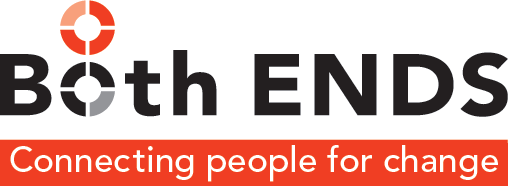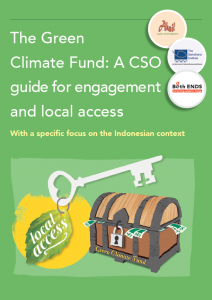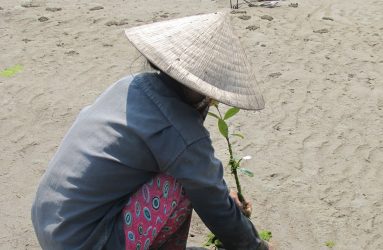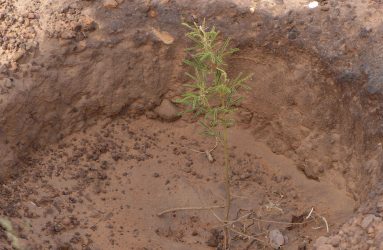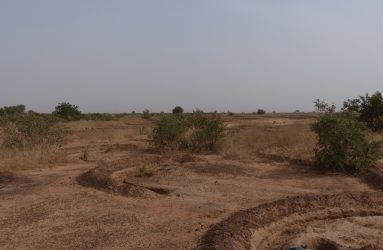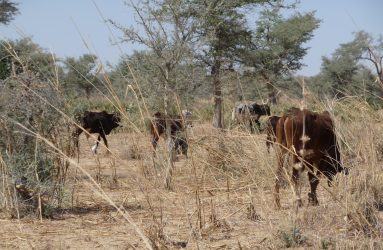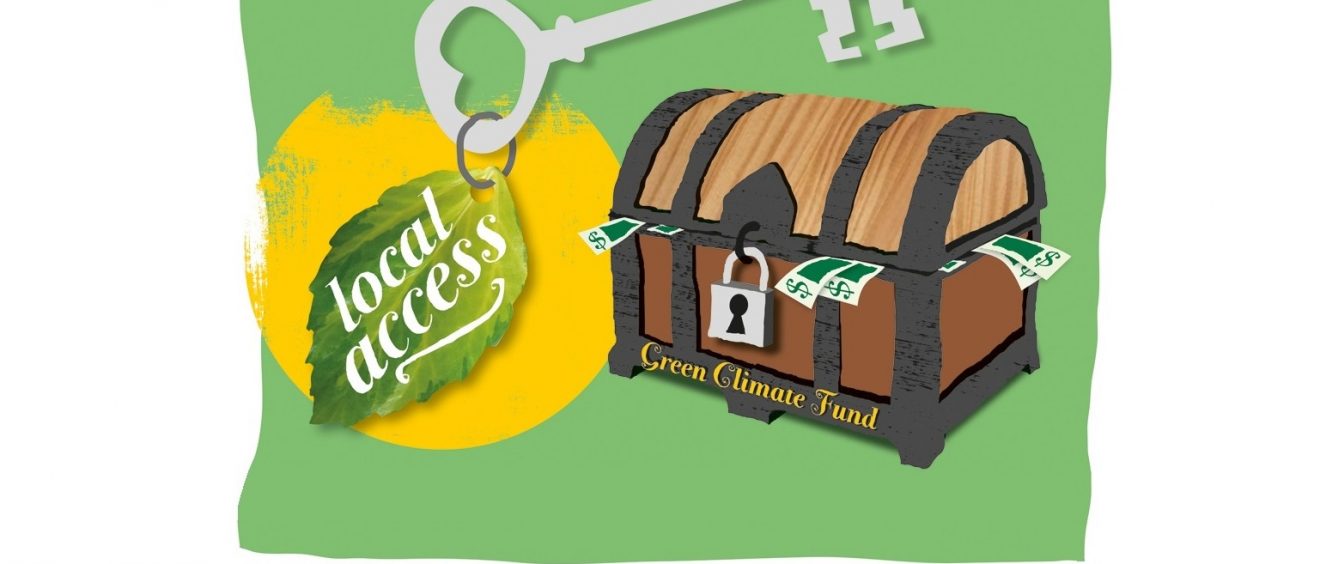
The Green Climate Fund
Ensuring climate finance reaches the most vulnerable communities
Poor and marginalised people in developing countries are most vulnerable to the effects of climate change. Wells where cattle drink are drying up, crops are washed away by unpredictable floods, or stronger cyclones destroy entire coastal villages. In 2012, the Green Climate Fund (GCF) was set up as part of the UN Climate Convention. The Fund, headquartered in South Korea, is meant to channel the US$ 100 billion of climate finance that developed countries committed to provide developing countries by 2020, in order to help them cut down emissions and adapt to the effects of climate change.
Direct access to these funds for local organisations and small-grants funds is a vital issue for Both ENDS. These organisations are good at reaching those most in need, supporting them through bottom-up climate initiatives. Their locally designed solutions are tailored to local circumstances and often much more effective than expensive, top-down climate projects. The people who design and run these projects should therefore have access to the funds they need to make them a success.
Both ENDS has official ‘observer’ status at the GCF and has been participating in the GCF’s Board meetings ever since it was set up in 2012. Together with a group of about 30 NGOs from both the south and the north, we advocate for more transparency and inclusion in decision-making, for gender responsiveness, and for local direct access.
LOCAL ACCESS: A GREAT IDEA THAT DID NOT (YET) COME TRUE
Partly due to our efforts, the GCF now acknowledges the importance of local access. The reality, however, is different. So far, mostly large international institutions have been accredited, while smaller organisations face serious obstacles when navigating their way through the bureaucratic accreditation process. In 2016, we decided to take the acid test: we supported the small grants fund Samdhana from Indonesia, a long-term partner of Both ENDS, to start the accreditation process. A year later, our combined efforts have not resulted in the desired accreditation yet. The pilot did reveal the massive stumbling blocks this type of organisation faces in the process. For example, GCF’s smallest funding category ranges from US$ 0-10 million. This means that an organisation providing grants of say US$100.000 needs to comply with the same fiduciary standards and track record as organisations that are used to handle projects of US$ 10 million.
In November, we published the lessons learned from this pilot project, and our experiences with the advocacy work at the international and national level, in ‘The Green Climate Fund: A CSO Guide for engagement and local access’. The publication was received internationally with great interest. Organisations clearly want to improve their understanding of the architecture and operations of this important Fund, as well as their own role in both accessing the fund and monitoring its spending.
The GCF should do much more to support organisations like Samdhana in their aim to ensure access to GCF funds. If not, the Fund’s ambition of making local direct access a central feature of its operations will remain just that – an ambition. The publication of the CSO Guide has helped us in our discussions with the Dutch GCF Board member and policy makers at the ministries of Finance and Foreign Affairs. It is also another tangible tool to give our joint advocacy at GCF headquarters some more clout. In response to the interest the CSO Guide sparked from organisations worldwide, we are now in the process of designing a webinar series for women’s organisations and environmental and women’s funds seeking access to funding from the GCF.
The pictures below show types of climate change adaptation and mitigation projects that could be funded by the GCF:
